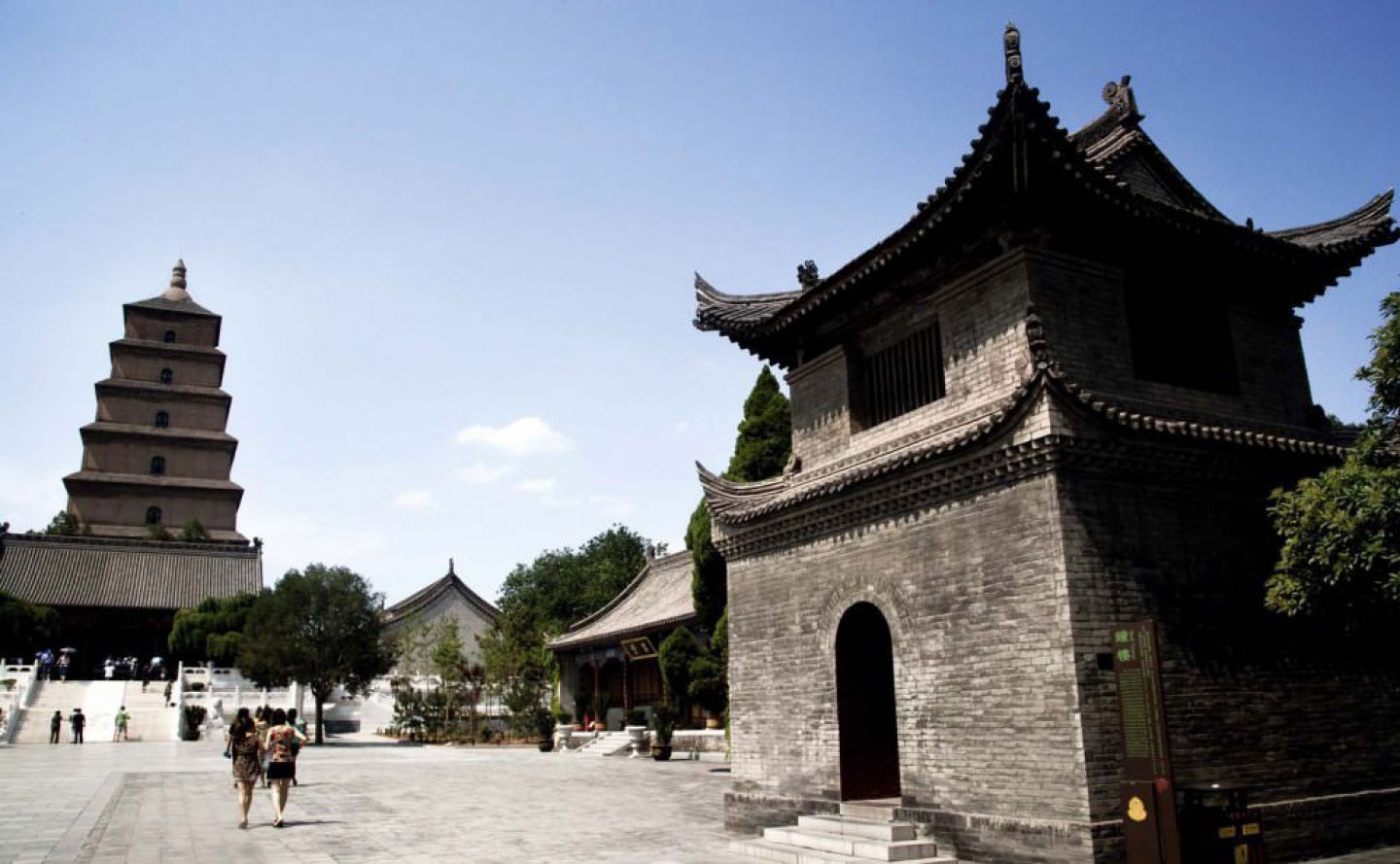Xi’an - China
A thriving arts scene, great dumplings, elegant pagodas, Terracotta Warriors and layers of history are wrapped up in the well-preserved city walls, says Alex Mead.
Travel Time 15hrs 10min
A thriving arts scene, great dumplings, elegant pagodas, Terracotta Warriors and layers of history are wrapped up in the well-preserved city walls, says Alex Mead.
Travel Time 15hrs 10minChina’s original capital, home to its first emperor and the seat of power for 13 Chinese dynasties – the sheer wealth of history in Xi’an, capital of Shaanxi province, is unparalleled anywhere in the People’s Republic. And, being home to some top universities, it balances its ancient roots with a modern youth culture.
The Terracotta Warriors and Horses are first on everyone’s list and rightly so. Archaeologists believe about 8,000 model soldiers, together with horses and chariots, were buried here as part of Emperor Qin Shihuang’s tomb, and thousands have been excavated so far. Xi’an’s city walls date back to the Ming Dynasty of 1370 and are an impressive sight – 14km long, 12m high and, in parts, up to 18m wide. Head to the south gate, Yongning, where you can hire bikes for a two-wheel tour. Leave yourself a good hour or two to fully explore the towers, turrets and terraces of this ancient fortification and get the best views of the city life that resides within. Top of any itinerary should also be the Hanyangling Museum, a mausoleum with a rather more intimate warrior army, complete with dancers, eunuchs, horses and pigs. The resting place of Emperor Jindi (141BC), it’s just as intriguing as its more celebrated relation but without the crowds. All over Xi’an you will see pagodas (the Great and Little Wild Goose pagodas being the most famed), gardens, galleries, temples and towers, and if you want to attempt to piece together this incredible timeline, the best place to go is Shaanxi History Museum (sxhm.com). Home to 370,000 relics from assorted dynasties including anything from bronze chariots, jade seals, pottery, gold and silver to tomb murals and terracotta warriors, it’s renowned as the best in China. The Silk Road’s imprint on the city is a permanent one – head to the Muslim Quarter, home to not only the Great Mosque of Xi’an but also streets where you can get lost in the sights and smells of the Middle East. ‘Textile Town’ art district in the eastern suburbs is home to a thriving, contemporary art scene – in place of many of the fabric businesses that have since closed down.
Xi’an has all the usual suspects when it comes to hotels – so you’ll get your Shangri-Las, Sofitels and Mercures – but whereas once one wouldn’t recommend going beyond the brands, quality boutique hotels are now starting to emerge. Take the Tang Dynasty Art Garden Hotel (00 86 29 8556 3333, tangdynastyartgardenhotel.com), next to the Great Wild Goose Pagoda, which has mixed modern features with a traditional garden setting, bringing the best of both worlds. Another to break the mould is Zuo You Ke Hotel (00 86 29 8886 1678). It’s an art hotel but one that doesn’t lose the warmth and sense of location.
For unique street food, head to Beiyuanmen Muslim Street, where there is a market and plenty of chances to pick up some unusual Middle-East-meets-China hybrids, or local favourites like yangrou paomo (pita bread in mutton stew). If you’re in Xi’an, a dumpling (jiaozi) banquet, complete with Tang Dynasty show is essential. It’s a bit like eating Peking duck when in Beijing. One of the best is De Fa Chang Dumpling Restaurant next to Bell Tower Square (00 86 29 8721 4060), where you’ll get served every shape and flavour of dumpling you can imagine – and many you can’t. Big, brash, but lots of fun. Another famed Xi’an establishment is the imaginatively entitled Xi’an Restaurant (00 86 29 8653 8688), its menu of Shaanxi dishes including plenty of veggie options. The restaurant’s crisp, golden-skinned ‘gourd’ chicken is famed too.
Experience history first hand with a visit to Yuanjiacun village, about an hour outside of Xi’an, which is like stepping back in time. Find out how the people of Shaanxi lived in the Ming and Qing eras with recreated streets and shops.
China’s currency is the renminbi, and Xi’an is eight hours ahead of GMT. Travel time is about 15 hours from the UK.
British Airways (ba.com) flies to Xi’an daily from London Heathrow via Beijing or Shanghai, with a local airline transfer.
China Southern (csair.com) flies to Xi’an daily from London Heathrow via Guangzhou.
China National Tourist Office (cnto.org.uk) is a starting point, offering maps, itineraries and essential information.
| Jan | Feb | Mar | Apr | May | Jun | Jul | Aug | Sep | Oct | Nov | Dec | |
|---|---|---|---|---|---|---|---|---|---|---|---|---|
| Min Temp | ||||||||||||
| Max Temp | ||||||||||||
| mm |
Subscribe and view full print editions online... Subscribe